Deployment of 5G Technology in Drones and Robots
Horizon 2020 research project coordinated by the UC3M
Source: Universidad Carlos III of Madrid
Scientists from Spain, Germany, France, Sweden and Taiwan collaborate on a technological cooperation project, coordinated by the Universidad Carlos III de Madrid (UC3M), to study the economic viability of 5G telecommunications in two pilot tests with Artificial Intelligence (AI): one on the remote control of industrial robots and the other on the management of fleets of drones.
The project, named 5G-DIVE, was recently presented in Taiwan, where the final test will be carried out in 2021. Beforehand, validation tests will be carried out in Spain at 5TONIC, an open research and innovation laboratory for 5G technology founded by IMDEA Networks and Telefónica.
These two tests will implement a 5G design adapted to the needs of their respective applications to check the correct functioning of the systems over a long period of time. The first test focuses on the remote control of industrial robots used in factories, through the connection of one of these devices to a digital twin (a software copy of the robot). In addition, the intention is to utilise AI in the network to process images taken by cameras to detect possible imperfections in the parts manufactured. The second pilot test focuses on the other scenario: autonomous coordinated drone flight. In this case, the aim is to control them from a central base using 5G technology and AI to detect, for example, if there is a person in danger during a fire. “Both situations of usage require a high bandwidth and low latency (minimal delay in communication), reasons why 5G technology is so appropriate”, those in charge of the project comment.
“This project is highly applicable at the point of transforming the current networks into a much wider distributed network, in which the user terminals form an integral part of the network’s resources. Apart from validating 5G technology, it presents a research component in the line of distributed computation and new network models”, explains the coordinator of this H2020 project, Antonio de la Oliva, Associate Professor from the UC3M’s Telematic Engineering Department.
The design according to 5G-DIVE is based on two principal pillars: 5G connectivity including the improvement to the base stations and terminals (as well as the improvements to the network’s core) and more accessible computation for the user through the use of “Fog Computing” (computation in the cloud closely connected to the network). The intelligent and individualised design has been conceived to achieve optimised performance and, thereby, significantly motivating the corporate value proposal of 5G in every specific vertical application.
5G-DIVE (https://euprojects.netcom.it.uc3m.es/5g-dive) is financed by funds from Horizon 2020, the European Union’s Framework Programme of Research and Innovation (GA 859881), and from the Ministry of Economic Affairs of Taiwan. This project, which is a continuation of two H2020 projects (5G-CORAL and 5G-TRANSFORMER), represents a second phase in technological cooperation between Europe and Taiwan in this field. The R+D+I consortium is made up of 12 members from the industrial and academic sectors. On the European side are; the UC3M, as the coordinating entity of the project within H2020, ADLINK Technology, Ericsson, Interdigital Germany, Rise, Telcaria Ideas and Telefónica. On the Taiwanese side are; the Industrial Technology Research Institute, as the project coordinator in Taiwan, Askey, the Institute for Information Industry and National Chiao Tung University (NCTU).
Implantación de tecnología 5G en drones y robots
Proyecto de investigación de H2020 coordinado por la UC3M
Científicos de España, Alemania, Francia, Suecia y Taiwán colaboran en un proyecto de cooperación tecnológica, coordinado por la Universidad Carlos III de Madrid (UC3M), para estudiar la viabilidad económica de las telecomunicaciones 5G en dos pruebas piloto con Inteligencia Artificial (IA): una sobre el control remoto de robots industriales y otra sobre el manejo de constelaciones de drones.
El proyecto, denominado 5G-DIVE, ha sido presentado recientemente en Taiwán, donde se realizarán las pruebas finales en 2021. Previamente, se realizarán pruebas de validación en España, en 5TONIC, un laboratorio de investigación abierta e innovación sobre tecnologías 5G fundado por IMDEA Networks y Telefónica.
Estas dos pruebas pondrán en marcha un diseño 5G adaptado a las necesidades de sus respectivas aplicaciones para comprobar el funcionamiento correcto de los sistemas durante un periodo largo de tiempo. La primera prueba se centra en el control remoto de los robots industriales utilizados en las fábricas, a través de la conexión de uno de estos aparatos con un gemelo digital (una copia software del robot). Además, se pretende emplear la IA en red para procesar imágenes tomadas por cámaras para detectar posibles desperfectos en las piezas fabricadas. La segunda prueba piloto se centra en otro escenario: el vuelo coordinado autónomo de drones. En este caso, se trata de controlarlos desde una base central a través de tecnología 5G y utilizar la IA para detectar, por ejemplo, si hay una persona en peligro en un incendio. “Ambos casos de uso requieren de mucho ancho de banda y una latencia pequeña (poco retardo en la comunicación), motivos por los que resulta tan adecuada la tecnología 5G”, comentan los responsables del proyecto.
“Este proyecto tiene mucha aplicación a la hora de convertir las redes actuales en una red mucho más distribuida en la que los terminales de usuario forman parte integral de los recursos de la red. Aparte de validar la tecnología 5G, presenta una componente de investigación en la línea de computación distribuida y nuevos modelos de red”, explica el coordinador del proyecto de H2020, Antonio de la Oliva, profesor del Departamento de Ingeniería Telemática de la UC3M.
El diseño a medida de 5G-DIVE se basa en dos pilares principales: la conectividad 5G incluyendo las mejoras en las estaciones base y terminales (así como las mejoras en el núcleo de la red) y una computación cercana al usuario mediante el uso de la “tecnología en niebla” (computación en la nube al borde de la red). El diseño inteligente e individualizado se ha concebido para lograr un rendimiento optimizado y, de este modo, impulsar significativamente la propuesta de valor empresarial de 5G en cada aplicación vertical específica.
5G-DIVE (https://euprojects.netcom.it.uc3m.es/5g-dive) está financiado con fondos del Programa Marco de Investigación e Innovación de la Unión Europea, Horizonte 2020 (GA 859881) y por el Ministerio de Asuntos Económicos de Taiwán. Este proyecto, que es la continuación de dos proyectos de H2020 (5G-CORAL y 5G-TRANSFORMER), representa una segunda fase de la cooperación tecnológica entre Europa y Taiwán en este campo. El consorcio de I+D+i está compuesto por 12 socios del sector industrial y académico. Del lado europeo se encuentran la UC3M, como entidad coordinadora del proyecto en H2020, ADLINK Technology, Ericsson, Interdigital Germany, Rise,Telcaria Ideas y Telefónica. De la parte taiwanesa, el Industrial Technology Research Institute, como coordinador del proyecto en Taiwán, Askey, el Institute for Information Industry y la Universidad NCTU.
Click here to read the Chinese version.

